Will tree damage be covered by your home insurance?



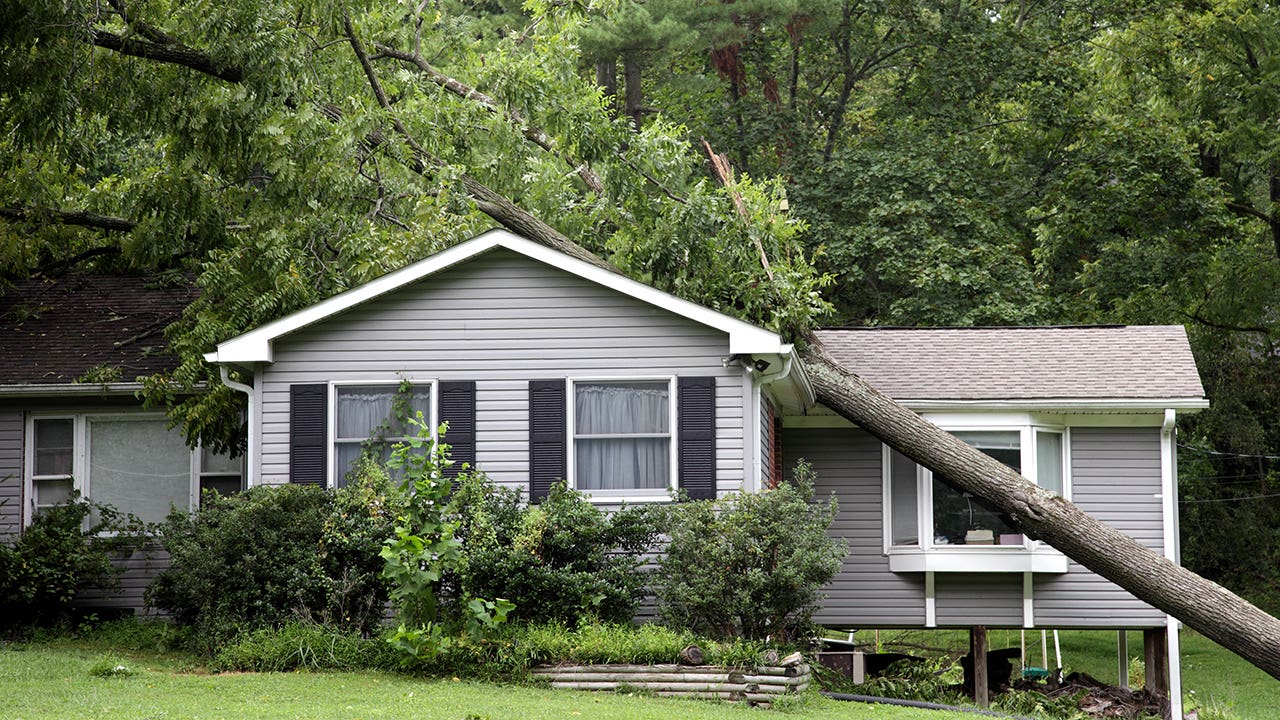
Key takeaways
- Your home insurance policy can cover damage caused by a tree if it falls due to a covered policy peril, like a windstorm, lightning strike or the weight of snow and ice.
- Most home insurance policies also include limited coverage for your trees, shrubs and other landscaping, if they are damaged by a covered loss.
- Homeowners insurance does not cover the removal of dangerous or diseased trees, but if a fallen tree blocks the driveway or meets specific requirements, an insurance company will generally cover the cost of cleanup and tree removal.
Trees can add curb appeal, but when they fall, they can cause significant property damage. In a tornado, a tree limb can quickly become a projectile. Or, if lightning strikes, a falling tree could hit your roof. If a tree falls on your property and hits your home or other structure, your home insurance policy may be able to help. But, this is usually only the case if the tree falls because of something covered by your policy. If it fell and hit something because of rot, old age or a maintenance issue, you likely won’t be able to file a claim for those repairs.
- Nearly 98 percent of homeowners insurance losses were caused by property damage in 2022. Approximately 40 percent of the insured losses were due to wind and hail damage. (Insurance Information Institute [Triple-I])
- Insurance companies paid an average of $4,110 for settled tree claims. 7 percent of these claims resulted from a fallen tree. (Consumer Reports)
- If a tree located on your neighbor’s property damages your house or property, your insurance company may try to collect from their insurance company through a process called subrogation. If successful, you could be reimbursed for your deductible. (Triple-I)
- If you have particularly valuable trees on your property, you should consider how much it would cost to replace them when determining how much homeowners insurance you need. You may need to purchase a yard and garden endorsement to cover more expensive landscaping. (Triple-I)
- Standard homeowners insurance typically covers damages to trees and shrubs due to disasters or accidents like fire, windstorms, snow and ice, lightning, vandalism and theft, but this coverage is typically limited to 5 percent of the amount of insurance on the structure of your home, and insurers will also usually cap coverage for any one tree, shrub or plant. (Triple-I)
Does homeowners insurance cover tree damage?
Home insurance can cover the damage caused by a felled tree. However, this is usually only the case if a covered policy peril triggered the fall. Say a tree falls in a severe storm, tornado, snowstorm or lightning strike, and hits either your home or other detached structures on your property. Your home insurance policy can help with those repairs. If the felled tree was on your property, you’ll likely need to meet your policy’s deductible for your insurance company to cover the rest of the repairs. If property damage is caused by a fallen tree during a hurricane, the loss would be applied toward your windstorm deductible, not your standard policy deductible.
Importantly, most home insurance companies will not pay for tree or shrub removal unless it has fallen due to a covered peril onto a covered structure or is blocking a driveway or handicap access. Every policy is different though, so consider speaking with your insurance agent about what is and is not covered in your policy before tree damage occurs.
Tree damage causes typically covered by home insurance:
- Storms
- Hail
- Snow and ice
- A fire caused by lightning
Tree damage causes typically not covered by home insurance:
- Rot
- Age
- Lack of maintenance
- Flood
- Earthquake
When does homeowners insurance cover tree removal?
Homeowners insurance typically covers tree removal if it fell due to a covered peril and onto your home or detached property structure, or if the tree is blocking an access point. Some situations where removal may be covered are:
- If a tree falls on an insured structure, such as your home itself, a garage or gazebo
- If a fallen tree is blocking a driveway
- If a fallen tree is blocking a handicap-accessible ramp
Your policy includes coverage for the damage caused by the fallen tree, and more limited financial protection for removing the tree itself. If a tree hits an insured structure, there is a certain dollar amount of your policy earmarked for tree removal costs. How much coverage you have depends on your policy specifics, but you can generally expect between $500 to $1,000.
Trees and landscaping can be expensive to replace. If your landscaping is damaged due to a covered policy peril, you may be able to file a claim with your home insurance company. These include events like fires, lightning, hail and wind, theft, vandalism and damage from vehicles not owned by the insured.
However, your insurance company won’t write you a blank check to get new plants. Coverage for trees and shrubs is usually limited to a percentage of your dwelling limit, typically capped at 5 percent. Your insurer may also limit how much coverage you have per plant.
What factors affect tree damage costs?
Some factors that may affect the cost related to tree damage:
- Type of tree
- Tree age
- Tree size
- Tree health
- Location on property
- Equipment and labor
- Number of trunks
Tree removal costs vary widely. You can expect it to cost anywhere between $350 and $5,000, depending on the size, species and location of the tree. You’ll likely pay more for larger trees, or ones that are in hard-to-reach locations. Emergency tree removals may also be more expensive.
Does home insurance go up after filing a tree damage claim?
In most cases, yes. Any time you file a claim on your home insurance, you can generally expect your premium to increase when your policy renews. Exactly how much your premium increases will depend on the extent of the damage. In general, with home insurance, larger, more expensive claims result in higher premium hikes.
A good way to determine whether it’s worth filing a home insurance claim for tree damage is to look at your policy’s deductible. If the repair costs are close to or below your home insurance deductible, it may make more financial sense to pay for the repairs out of pocket. This can help keep your premiums level.
Does homeowners insurance cover tree damage to a neighbor’s property?
If a tree from your neighbor’s property falls on your house due to a covered risk, your homeowners insurance might cover the resulting damage. However, if the tree was already dead or decaying and your neighbor is at fault, their insurance company should be responsible for the costs.
If a tree owned on your property falls and damages your neighbor’s house, their home insurance may cover the expenses unless the tree was already decaying or visibly damaged. In that case, your neighbor might try to establish negligence on your part for not removing the tree, and you might have to cover the costs on your own.
How does subrogation work if my neighbor’s tree damages my property?
Subrogation refers to a process where your insurance company pursues a claim against a third party, often another insurance company. It might be used if your neighbor’s tree falls on your property and damages your home or other structure.
If it appears that your neighbor’s tree fell because they were negligent in its care, they could be held responsible for the damage. Your insurer might give you an initial payment, but they would follow up by seeking reimbursement from your neighbor’s insurer through the subrogation process. If they are successful, you will likely be reimbursed for any deductible you originally paid when your claim was disbursed.
How to prevent tree damage
Regularly assessing the health of the trees on your property and taking preventive measures is the best way to avoid tree damage. Here are a few ways you can stop tree damage before it happens:
- Trim any trees on your property regularly, especially those with long branches.
- Check for signs your trees are dead or dying by observing a year-round lack of leaves or hollow trunks.
- Look for mushrooms, cracks or holes at the base of tree trunks to rule out rotting.
- Consider removing trees that are leaning off-center as they may have a higher potential to fall.
- Pay extra attention to trees that hang over your roof, driveway, sidewalks and streets bordering your home or power lines.
- Consider having a tree expert examine the trees on your property periodically to look for signs of disease or rot, or to recommend preventative maintenance.
Frequently asked questions
Why we ask for feedback Your feedback helps us improve our content and services. It takes less than a minute to complete.
Your responses are anonymous and will only be used for improving our website.
You may also like
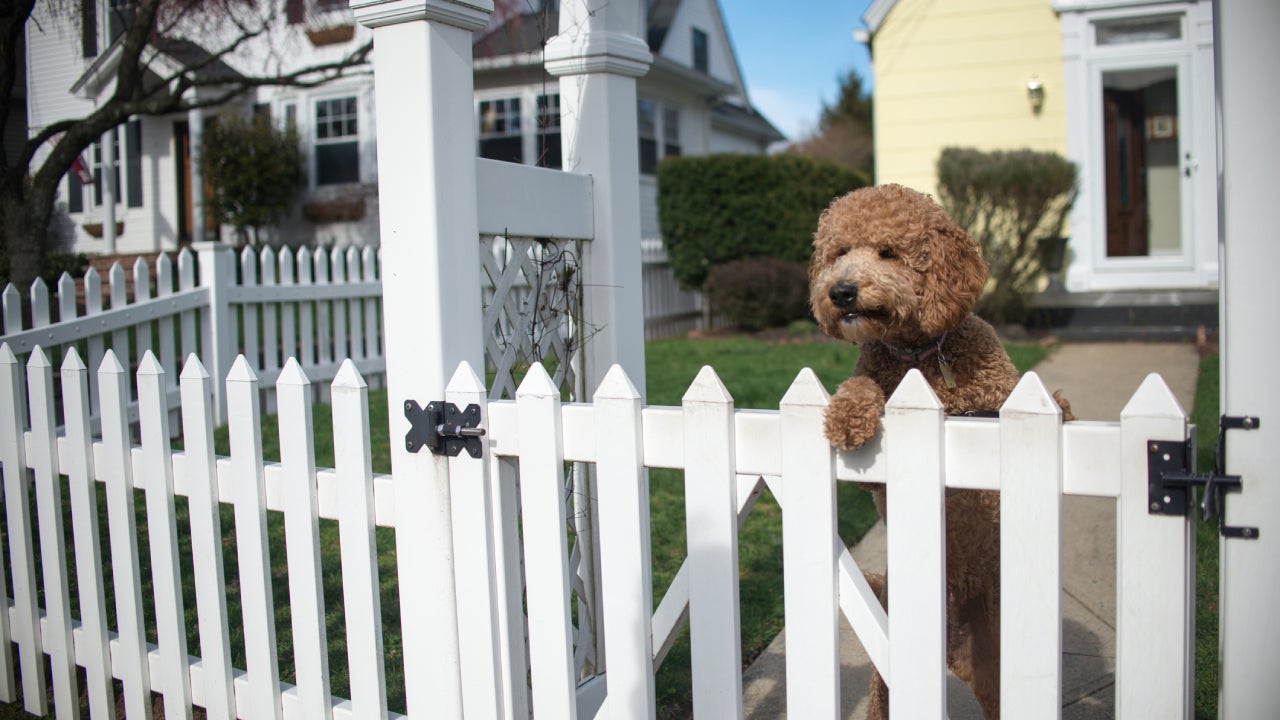
Does home insurance cover fences?
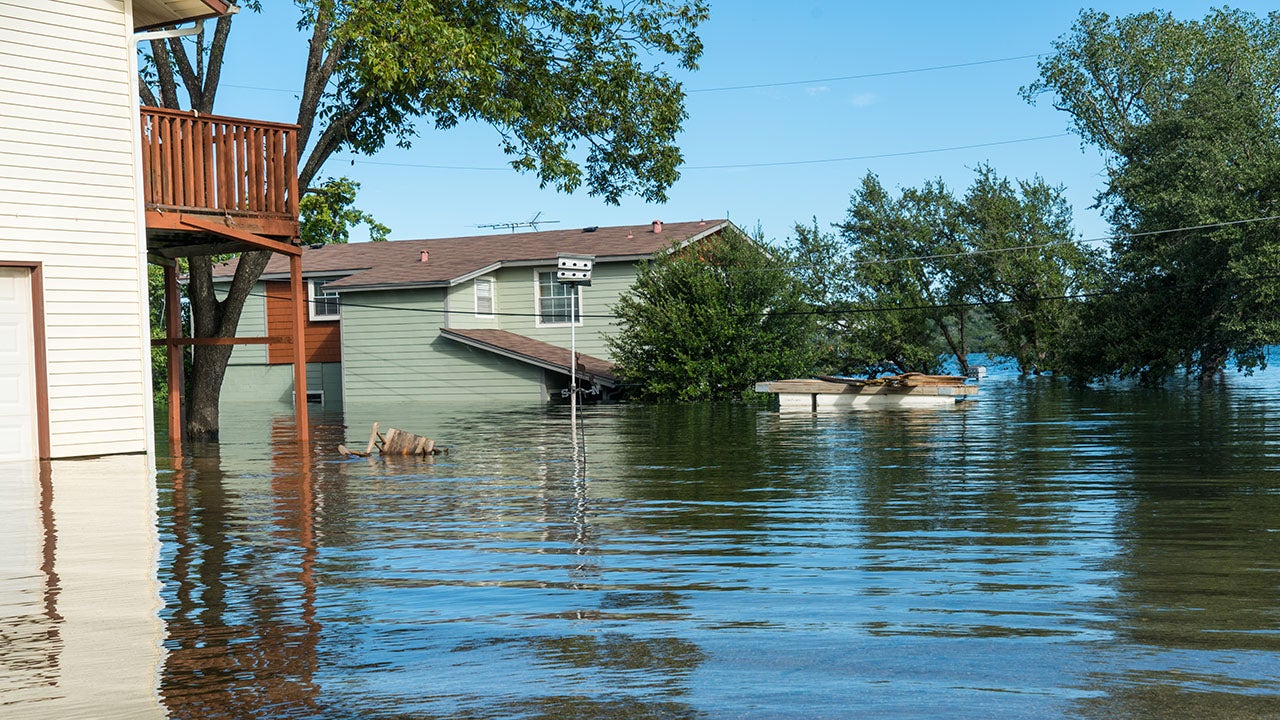
Does homeowners insurance cover flooding?
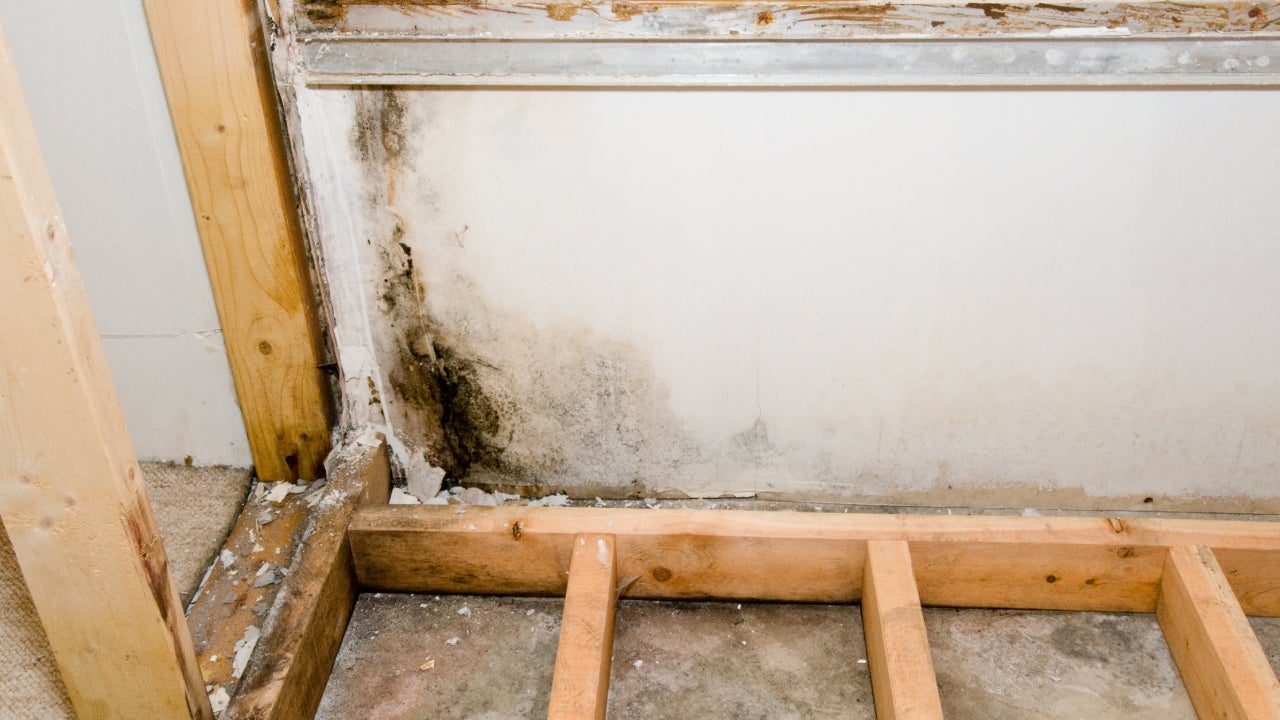
When does homeowners insurance cover mold?
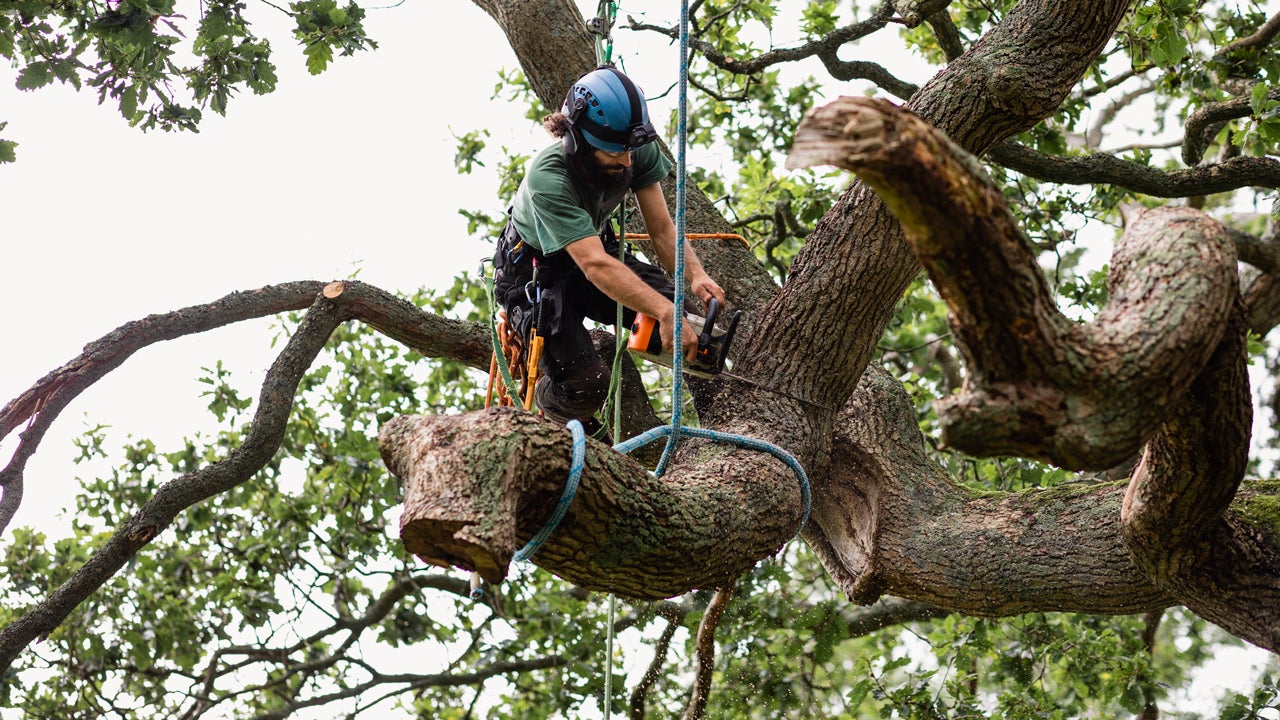
Will my homeowners insurance policy cover tree removal?
